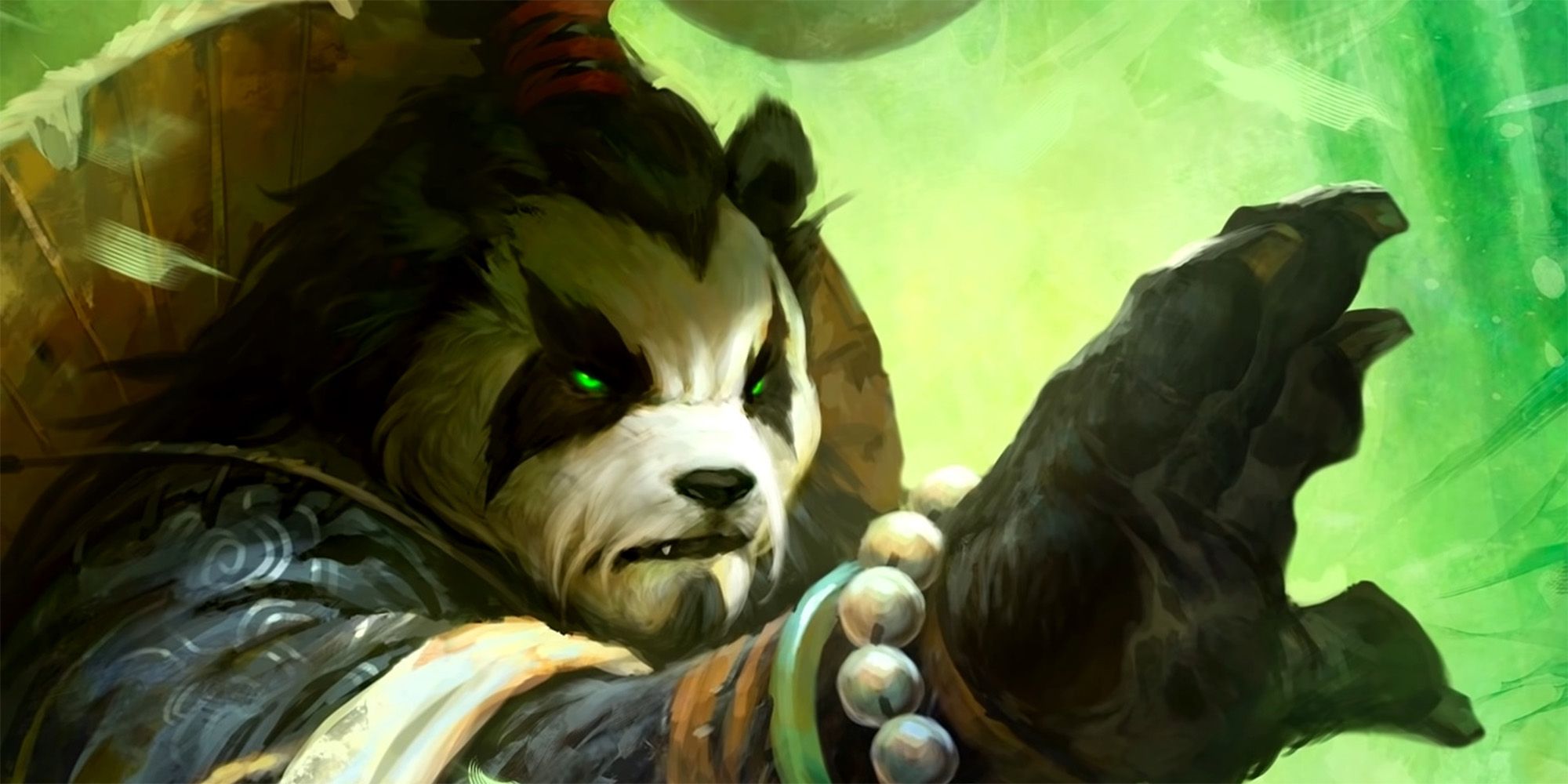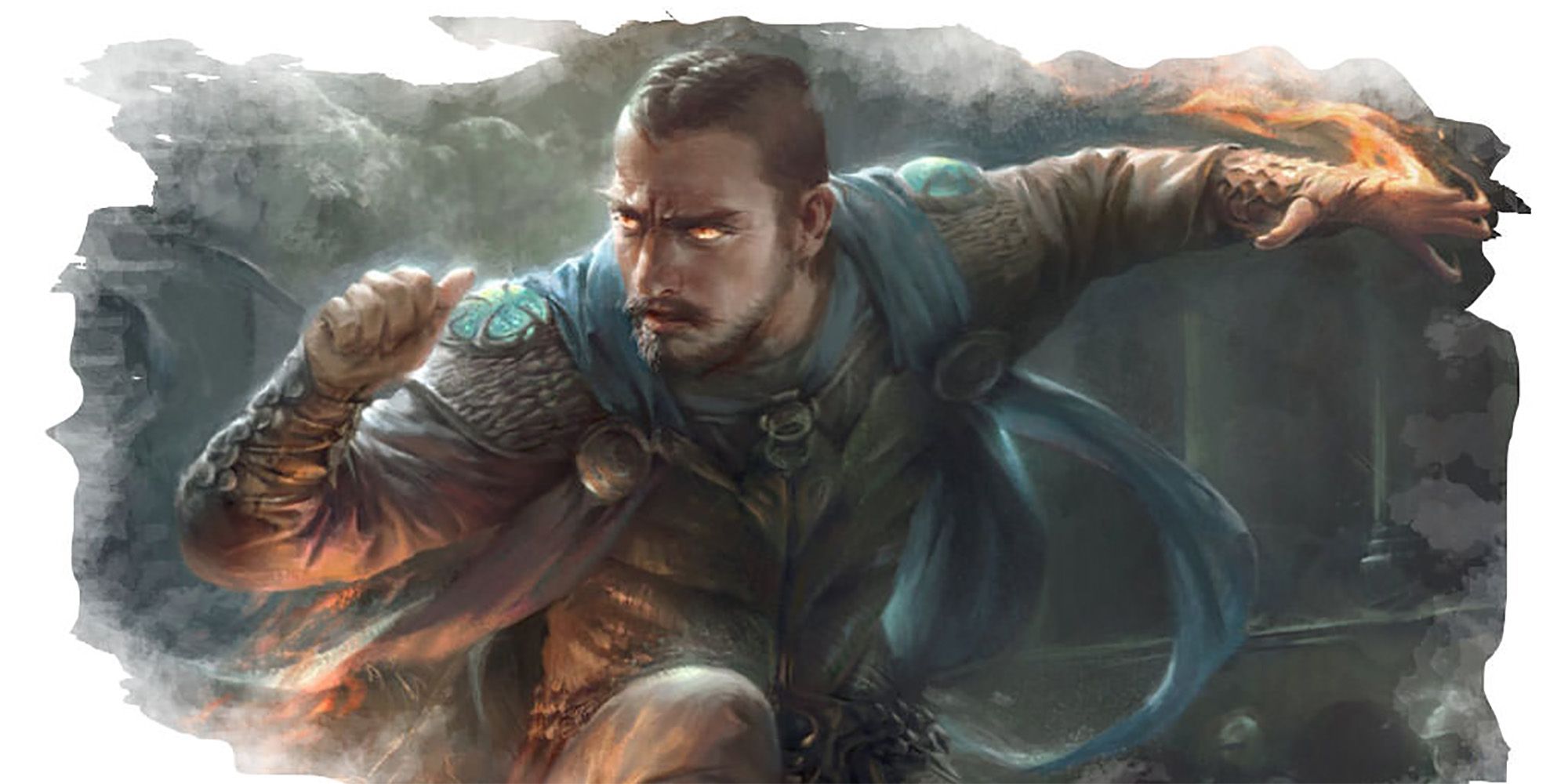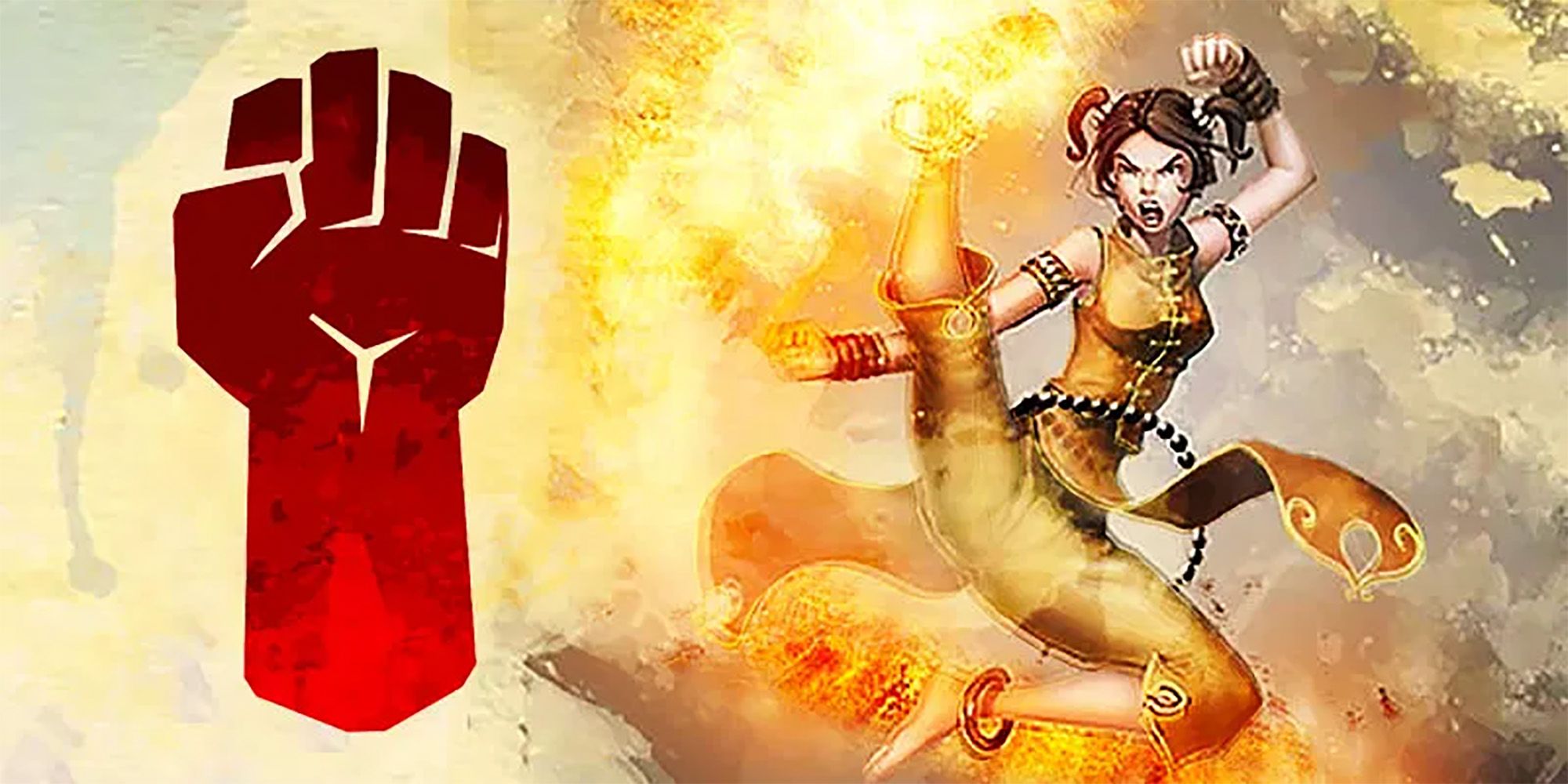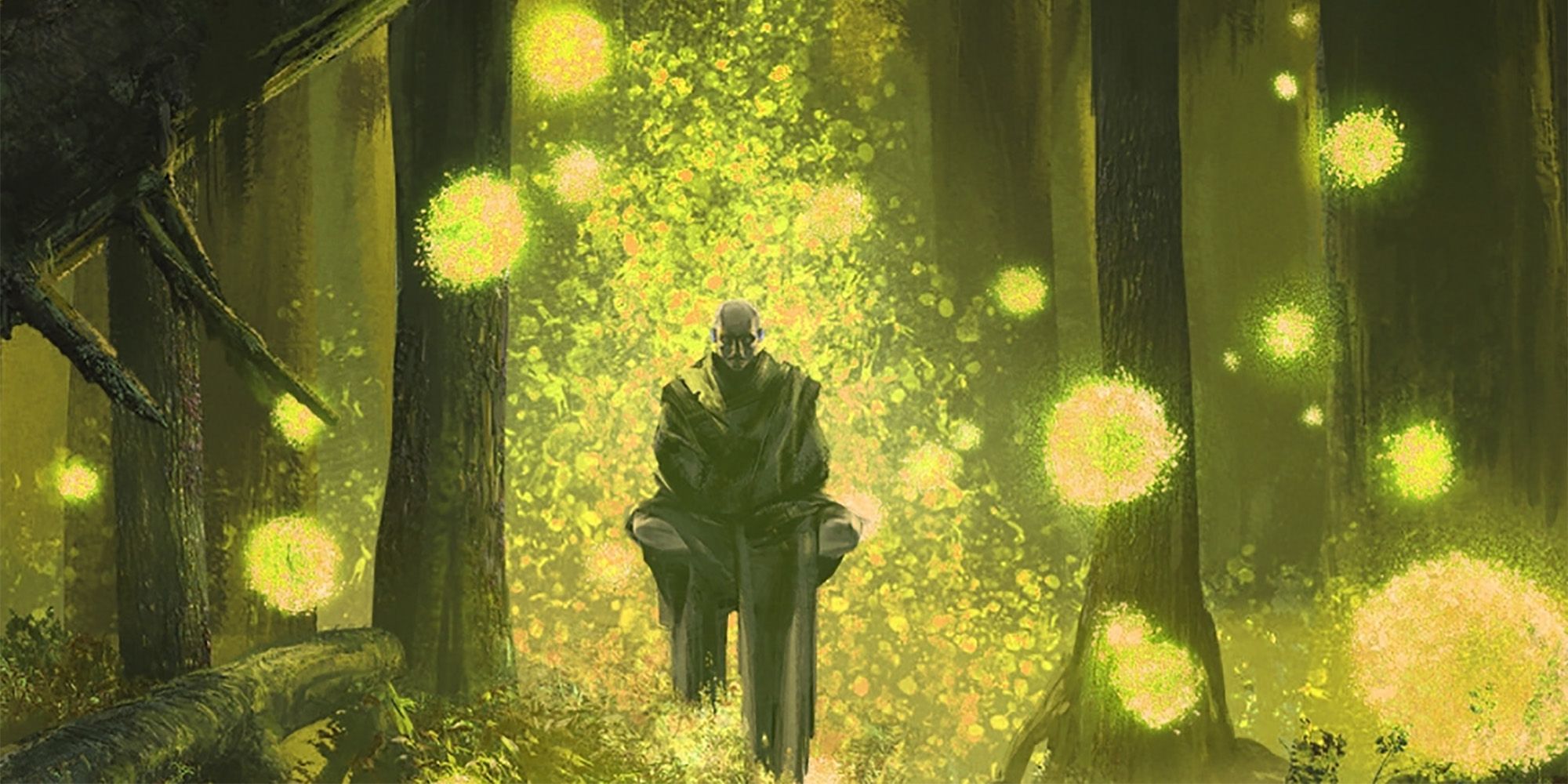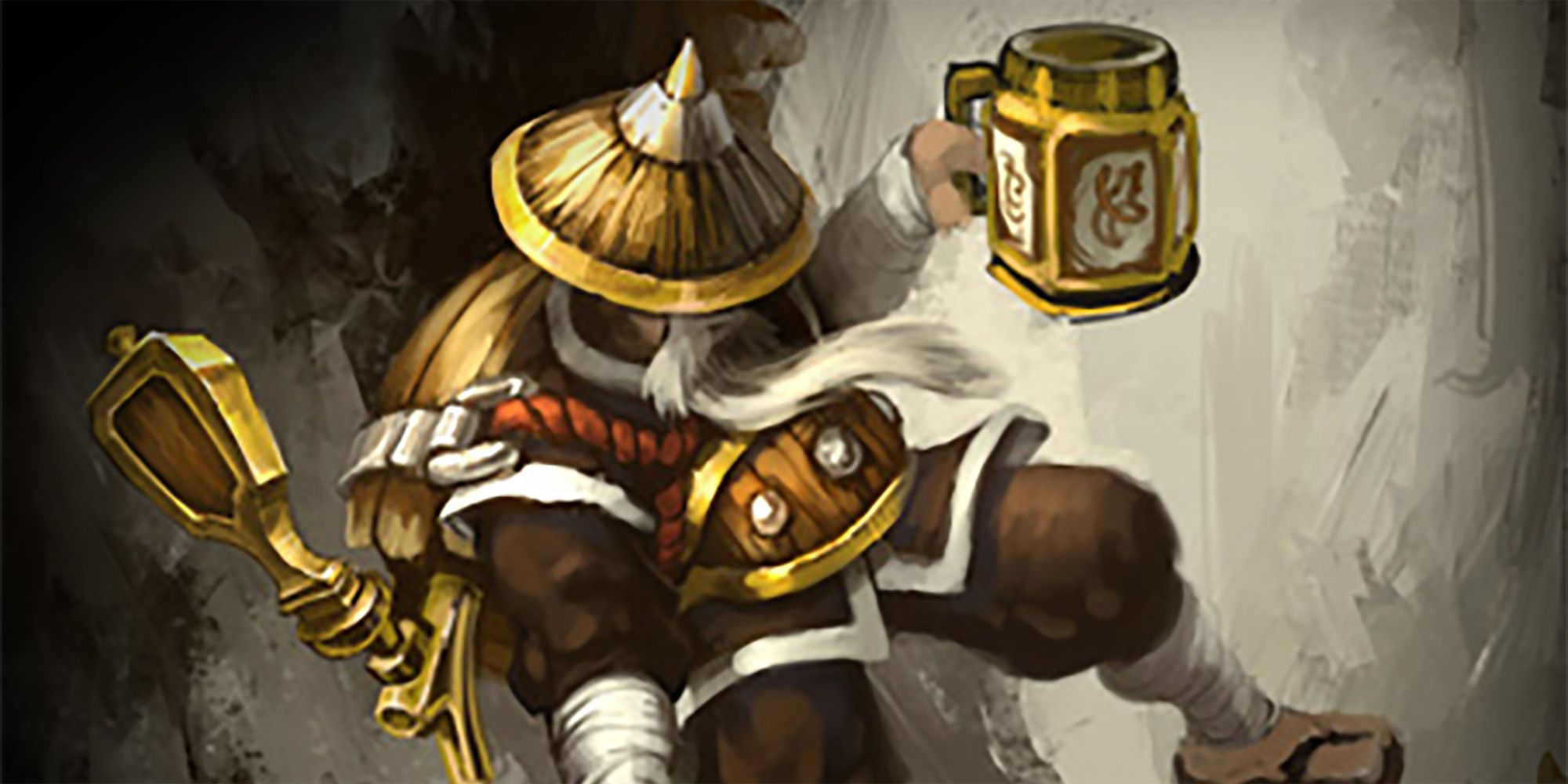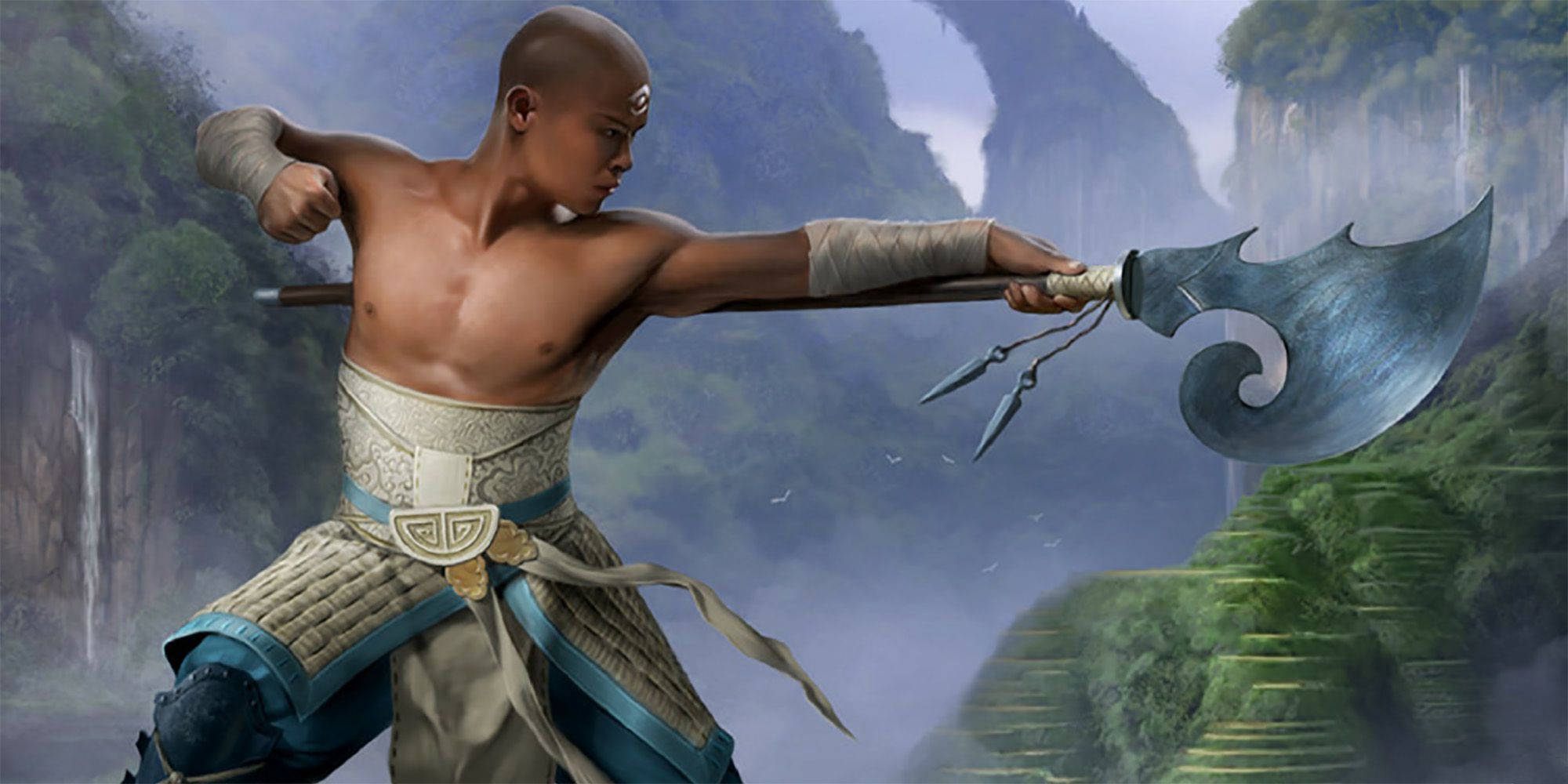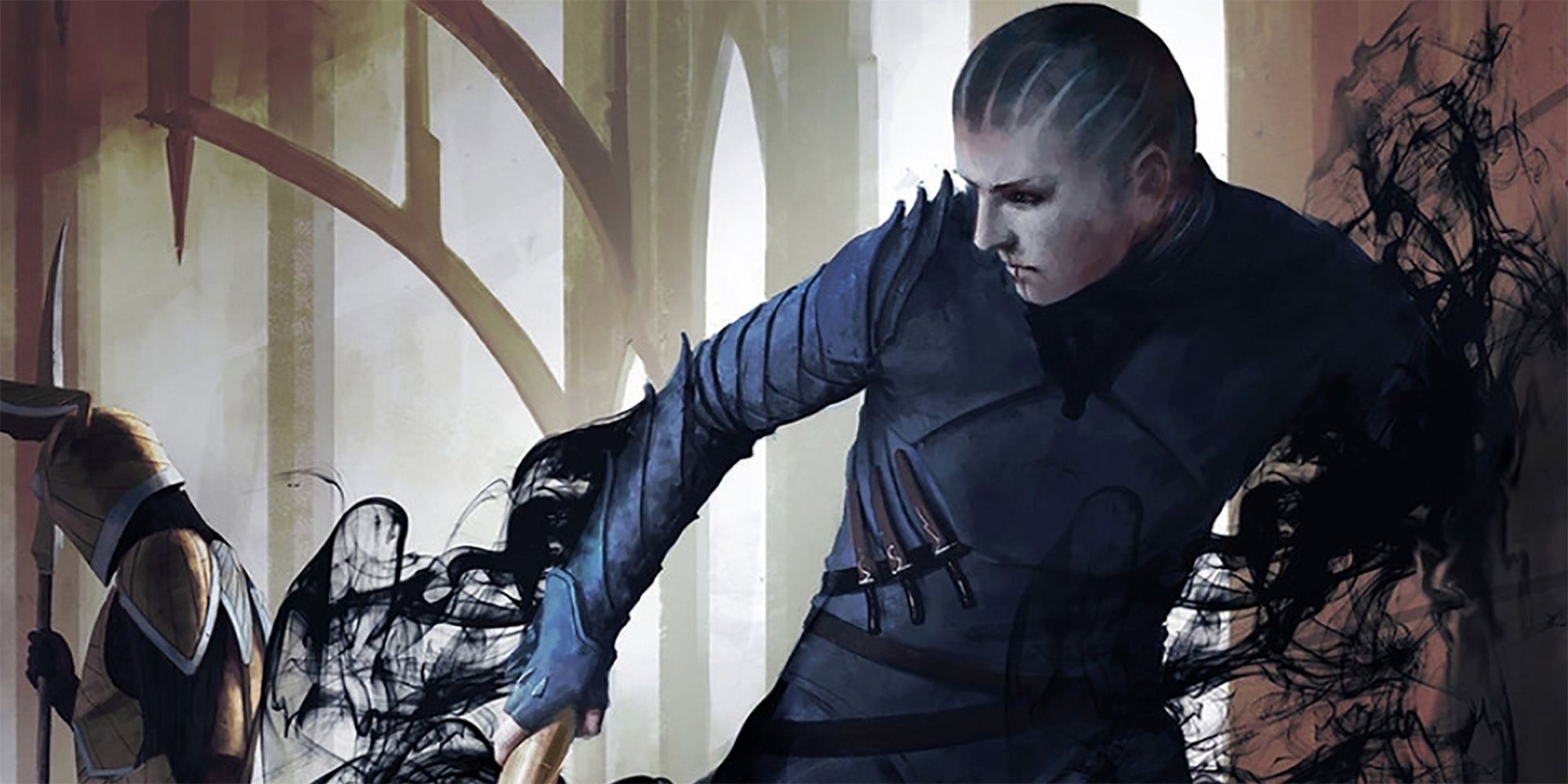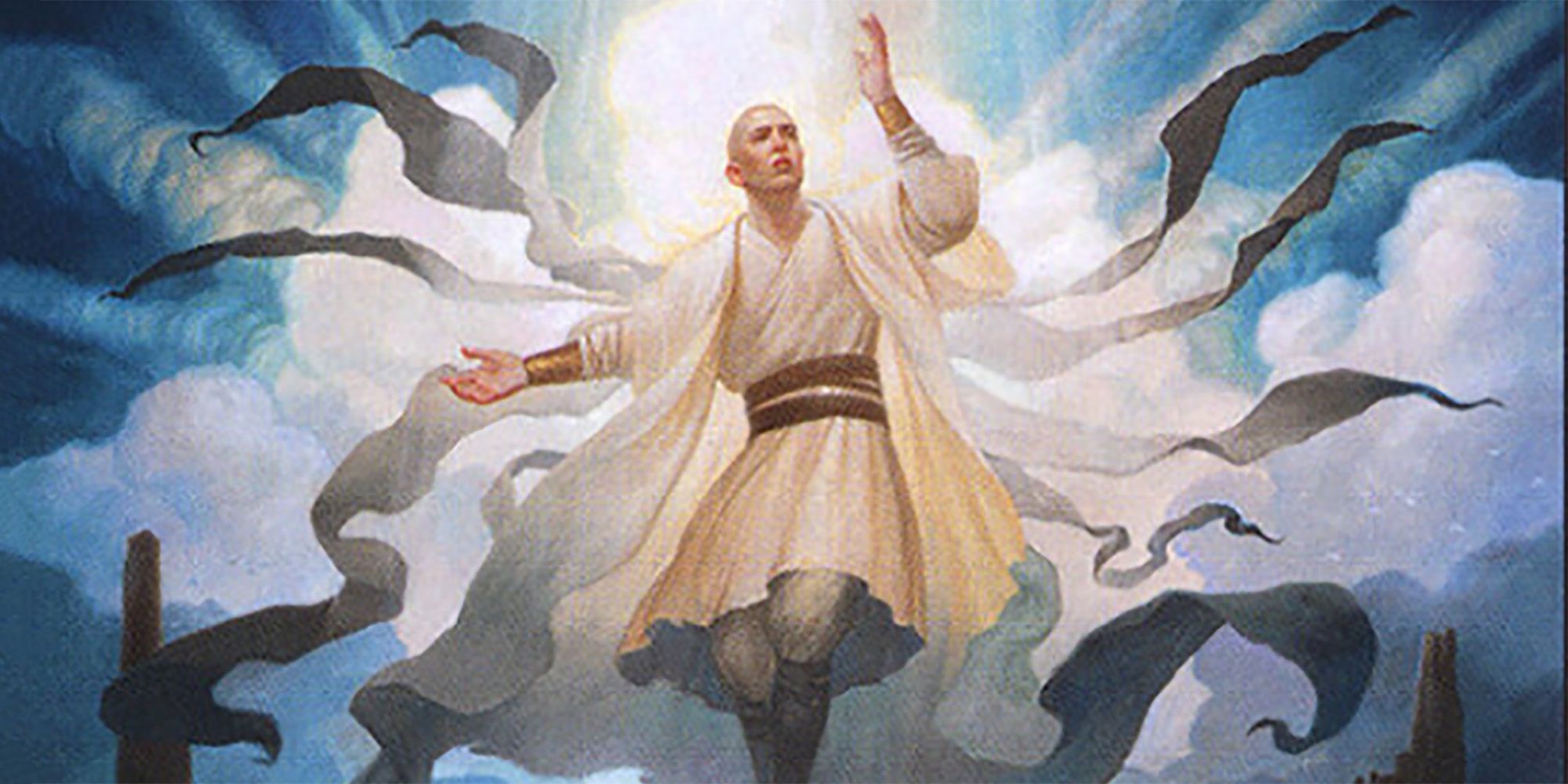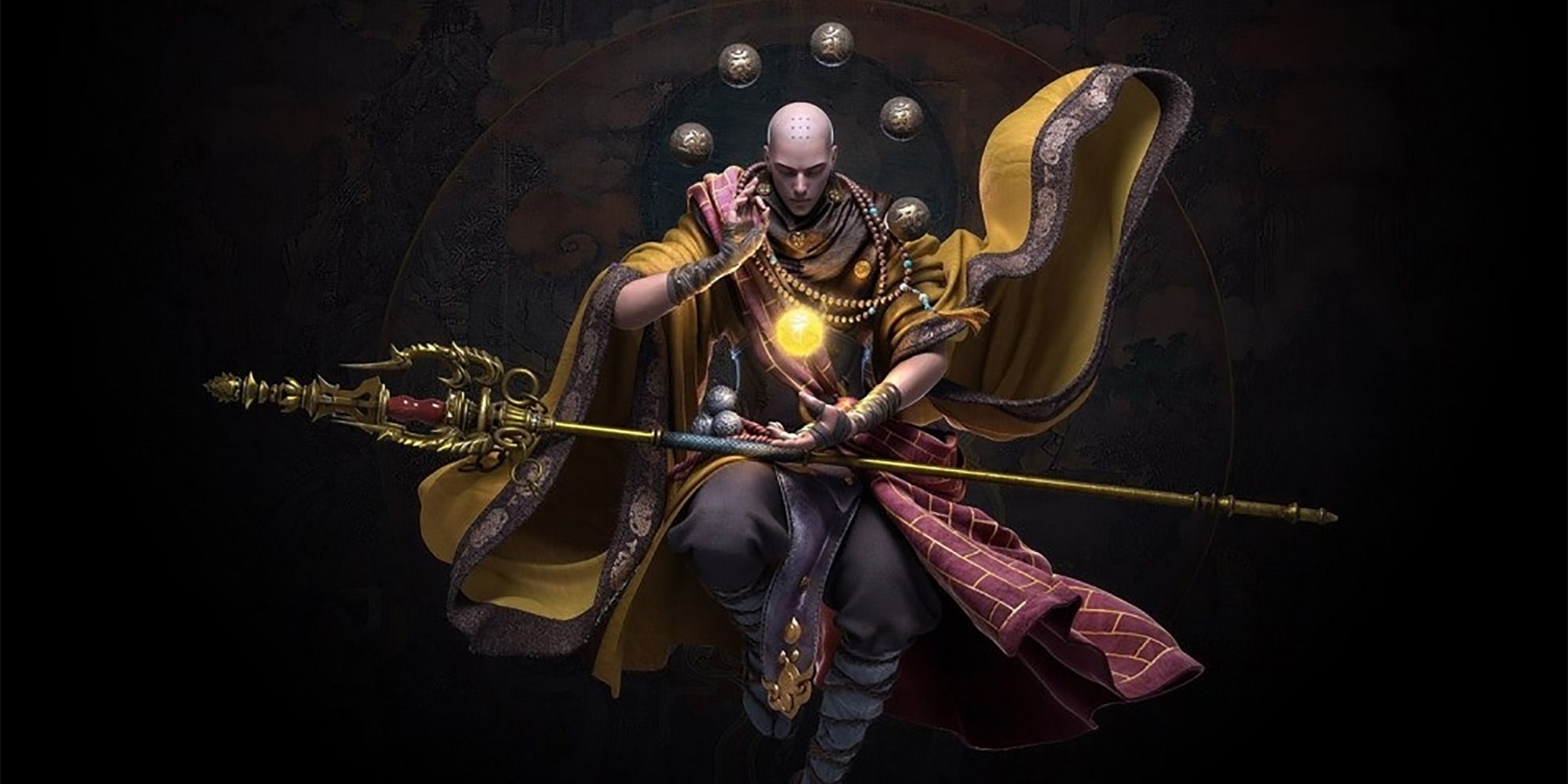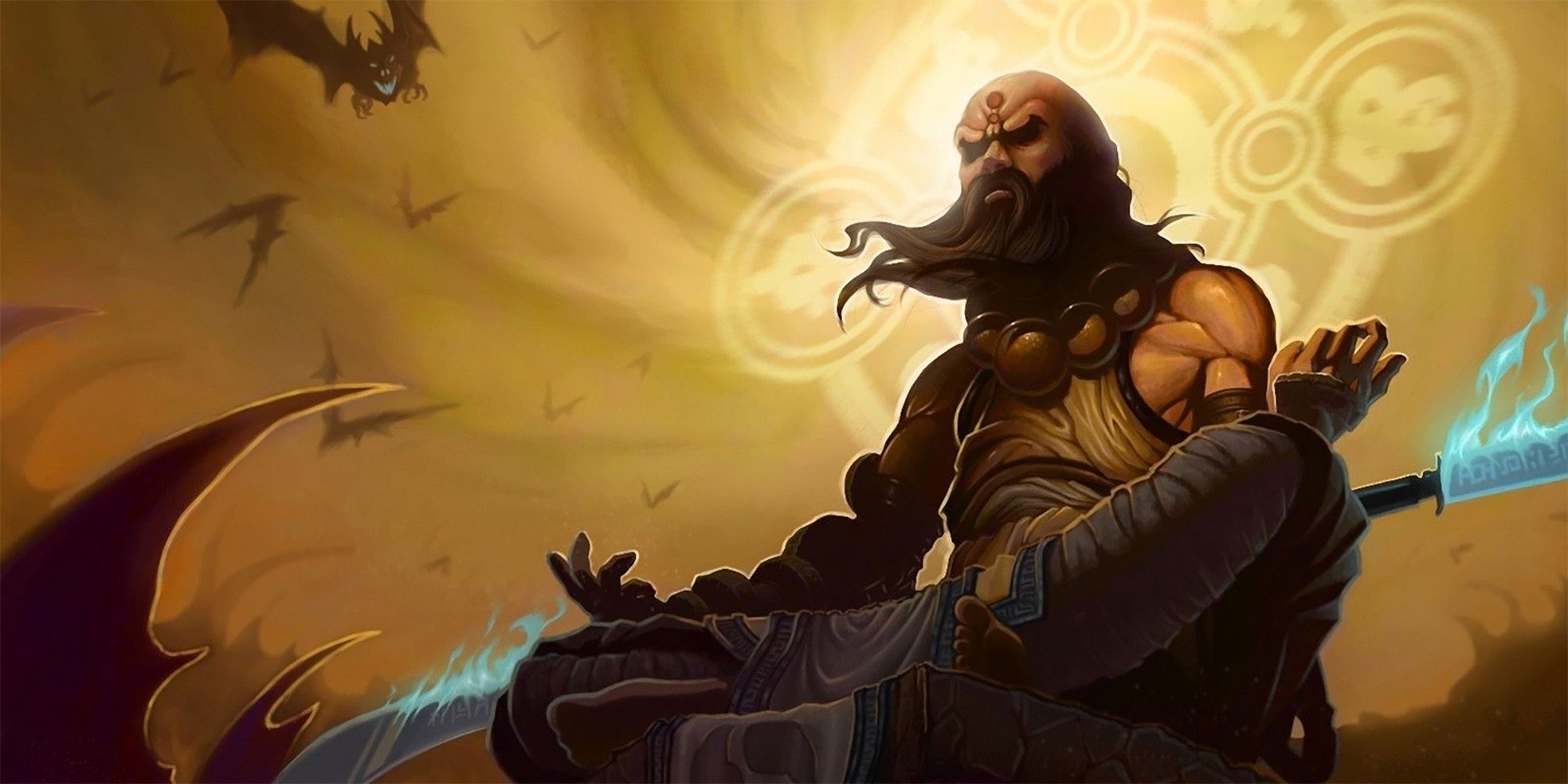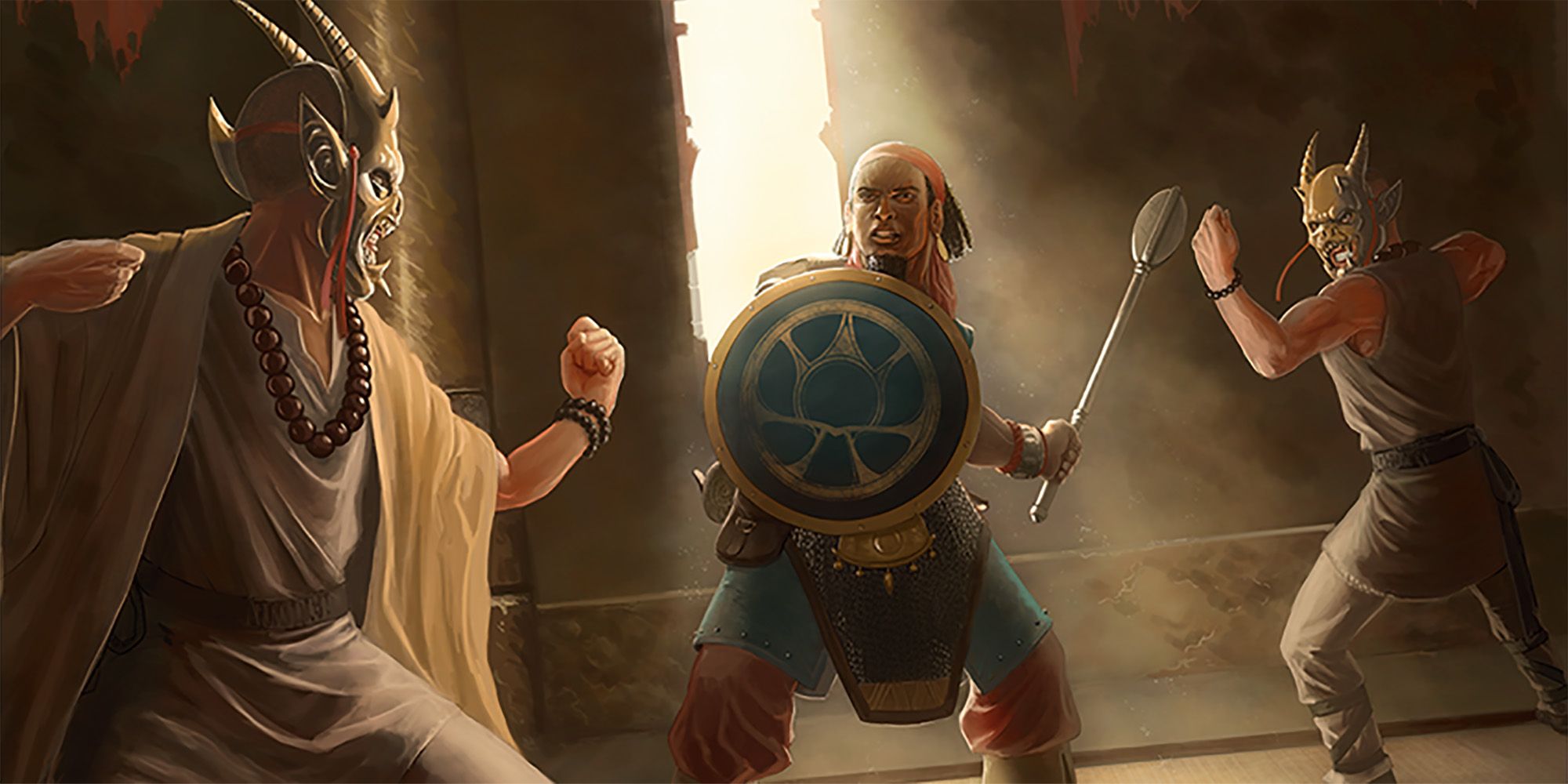The Monastic Traditions in Dungeons & Dragons Fifth Edition offer plenty of variety for players looking to don the robes of monks. Regardless of the discipline a monk follows, each of them is masterfully trained in the art of controlling the flow of Ki energy in their bodies, directing that energy into their carefully honed physical and magical attacks.
Many of the Monastic Traditions share similarities, but no two are the same. Some are more traditional in their practices, while others focus on more mysterious endeavors that manipulate shadows or the very nature of death itself. There is something amazing about every one of the traditions, but some are far more awe-inspiring than others.
11 Way of the Four Elements
D&D 5e‘s Way of the Four Elements monks draw power from the fundamental forces of the world. This D&D monk monastic tradition acts like a quasi-spellcaster. Their Ki abilities take on a more mystical touch, granting several unique abilities with an elemental theme. Some of these abilities, such as Water Whip moving enemies or Clench of the North Wind replicating Hold Person, are unique among D&D monk Monastic Traditions.
However, the Way of the Four Elements monk is one of D&D‘s weakest Monastic Traditions. Its abilities are too expensive in Ki for the benefits they give, particularly as they often come at the cost of attacking. Even with Tasha’s Cauldron of Everything indirectly buffing the subclass, it falls behind the others.
10 Way of the Cobalt Soul
The D&D Way of the Cobalt Soul monk is unofficial homebrew from Critical Role that remains widely accepted at many tables. It puts a different spin on the D&D 5e monk by emphasizing its scholarly nature. The Way of the Cobalt Soul mon Monastic Tradition in D&D 5e focuses on extracting and weaponizing information against foes.
The Way of the Cobalt Soul D&D subclass has several vicious abilities, including the ability to make reaction attacks against creatures who miss after being hit with Flurry of Blows. However, its best features only come into play at high levels. It lacks character-defining abilities in the early game, causing it to fall behind the other Monastic Traditions in D&D 5e.
9 Way of the Sun Soul
The Way of the Sun Soul monk Monastic Tradition in D&D 5e fights differently from most other monk subclasses. The class has a significant emphasis on ranged attacks and area-of-effect abilities that other monks lack. The power of the sun lets them fire radiant blasts in place of unarmed strikes or the D&D monk’s Flurry of Blows. Their later abilities serve as radiant versions of D&D spells like Burning Hands and Fireball.
The Way of the Sun Soul Monastic Tradition in D&D 5e can hold its own both up-close and at range. This helps it fulfill a unique niche among D&D 5e monk subclasses alongside some compelling flavor. However, many of its abilities are sidegrades to other monk features or weaker versions of pre-existing spells.
8 Way of the Ascendant Dragon
The Way of the Ascendant Dragon D&D 5e Monastic Tradition draws from the wisdom and power of the game’s iconic dragon creatures. Believed by some to have been actually formed by Bahamut in the guise of a monk, the tradition empowers the player with elemental attacks and a smattering of social features that many monks lack.
These D&D 5e monks can use their unarmed strikes to deal damage based on the breath weapons of dragons, like lightning, cold, acid, fire or poison. As if that wasn’t enough, they also gain access to a breath weapon all their own, making them dangerous foes to oppose. They can even fly when they use Step of the Wind. However, this Monastic Tradition in D&D 5e tends to sound more impressive than it is, with its powers offering underwhelming returns for their cost.
7 Way of the Drunken Master
The Way of the Drunken Master D&D 5e Monastic Tradition emphasizes deceptive and fluid movement that opens enemies up for damage. Reminiscent of characters from early kung fu movies, these monks often play the role of the foolish drunkard, barely seen by the world around them because people rarely notice the drunkards of the world beyond scoffing at them.
D&D 5e Way of the Drunken Master monks have a superior Flurry of Blows that increases their movement and lets them disengage from combat. At sixth level, they can redirect enemy attacks to nearby foes. The rest of this monk Monastic Tradition in D&D 5e revolves around this signature style of confusion. It’s ideal for D&D monks who want to strike more often and weave throughout the battlefield.
6 Way of the Kensei
Most D&D monks rely on Unarmed Strikes in combat. The Way of the Kensei is the best Monastic Tradition in D&D 5e for monks who prefer to use weapons. A monk on this path starts out learning to master the art of two weapons. As they progress, they study and master new weapons at certain levels.
They hold mastery over up to five separate weapons upon reaching level 17, making them a dangerous force to be reckoned with in almost any battle situation. D&D 5e Way of the Kensei monks can be vicious with their preferred weapon. However, their slightly unfocused design prevents them from using these abilities to their full effect, holding the subclass back.
5 Way of Shadow
Monks who follow the Way of Shadow Monastic Tradition are D&D 5e‘s answer to ninjas. They rely on darkness, stealth, and mobility to keep up with the more direct combat options of other D&D monk subclasses. D&D 5e‘s Way of Shadow monks can replicate invaluable stealth spells like Darkness, Silence, or Pass Without Trace for a low Ki point cost.
As this D&D 5e Monastic Tradition advances in level, it unlocks the ability to teleport between shadows and use those same shadows to become invisible. The Way of Shadows Monastic Tradition is one of the best choices for D&D monks who want to focus more on utility and mobility than direct combat power.
4 Way of the Astral Self
The Way of the Astral Self Monastic Tradition is one of D&D 5e‘s most distinctive. Its monks believe their physical bodies are little more than an illusion, and the Ki inside them is representative of their true nature. This manifests in the ability to summon a grander astral form in combat, which emphasizes Wisdom over Dexterity.
These monks actually summon their astral bodies to work on their behalf. Early on, they gain the ability to summon spectral arms to protect and work for them carrying out unarmed strikes. As they advance and learn to hone their Ki, they learn how to summon larger portions of their astral body that can aid them like protective armor. The Way of the Astral Self monk is the best Monastic Tradition in D&D 5e for monks who want to excel in combat while focusing on their Wisdom ability score.
3 Way of the Long Death
The Way of the Long Death Monastic Tradition in D&D 5e focuses more on outlasting enemies than killing them quickly. It’s the tankiest D&D monk subclass, with additional abilities for inflicting damage or debuffing enemies. Whenever a D&D 5e Way of Long Death monk reduces a creature to 0 hit points – very likely with its many attacks – it gains an impressive number of temporary hit points.
The Way of the Long Death is the best monk Monastic Tradition in D&D 5e for staying alive in the thick of combat. It can also spend Ki to avoid being knocked unconscious from eleventh level onwards. It only gets the ability to output significant damage at the very highest levels, but Touch of Long Death can kill many enemies in one hit with enough Ki point investment.
2 Way of the Open Hand
The Way of the Open Hand D&D 5e Monastic Tradition is one of the most straightforward options available to the class. It doesn’t unlock powerful new abilities or combat styles. Instead, it makes a monk even better at their basics, enhancing Flurry of Blows with additional effects that are always welcome.
The Way of the Open Hand Monastic Tradition’s other features are no less straightforward and practical. They can heal themselves for an increasing number of hit points once per day at the cost of an action. Later on, they become harder to strike until they make their first attack of the day. They also get one of D&D 5e‘s rare one-hit kills in the form of Quivering Palm.
1 Way of Mercy
Much like D&D‘s clerics and other support classes, monks of the D&D 5e Way of Mercy Monastic Tradition manipulate magical life energy to both heal and harm. They’re a rare monk subclass that can heal allies in D&D 5e. From third level onwards, they can restore hit points to a creature at a Ki point cost. If they replace a Flurry of Blows attack with Hands of Healing, it effectively becomes free.
However, the Way of Mercy Monastic Tradition in D&D 5e goes beyond healing, despite the ability to resurrect allies later on. It can deal a straight damage bonus on attacks by spending Ki. Later on, it can inflict the Poisoned condition with no saving throw. Many fans consider the Way of Mercy to be the best Monastic Tradition in D&D 5e due to its powerful support and combat abilities.
